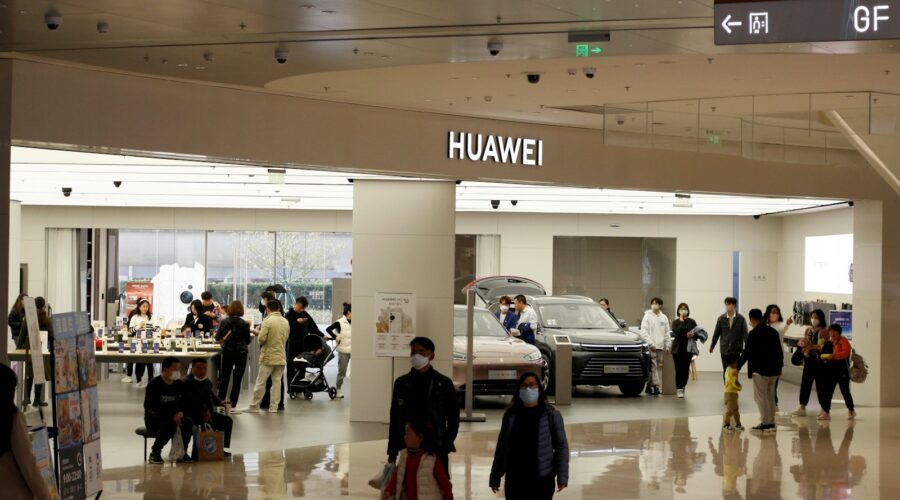The tech world is buzzing with big news from China. Huawei unveiled a new AI computing system to challenge Nvidia. This could shake up the artificial intelligence landscape.
Nvidia dominates the AI chip market. Its GPUs power everything from ChatGPT to self-driving cars. But U.S. export controls make them hard for Chinese firms to access.
Huawei’s system aims to change that. It’s built on the Ascend architecture. Early reports say it’s optimized for massive AI workloads like training language models.
It’s not just a chip. Huawei offers a full-stack solution with hardware, software, and cloud services. This could rival Nvidia’s ecosystem at a lower cost.
Can Huawei’s AI Technology Compete with Nvidia?
I spoke with a tech friend over coffee. He’s skeptical but intrigued. “Huawei’s faced sanctions for years,” he said. “If they’ve pulled this off, it’s huge.”
Nvidia’s CUDA platform is a big hurdle. Developers love its tools. Huawei’s betting on its own software to win them over, but it’s a tough climb.
China’s domestic market gives Huawei a testing ground. They can refine their tech before going global. Still, catching Nvidia’s ecosystem won’t be easy.
China’s Vision for a Global AI Cooperation Organization
China also proposed a global AI cooperation organization. Think of it as a UN for AI. It aims to set standards and share research.
The pitch came at a Beijing tech summit. A senior official called AI a “shared human asset.” The goal is collaboration, not competition.
The plan includes joint research and open data pools. It also seeks frameworks to prevent AI misuse, like deepfakes or autonomous weapons.
Geopolitical Implications of China’s AI Strategy
The proposal has a clear subtext. China’s been excluded from some Western tech alliances. This feels like a move to build its own coalition.
My cousin, studying international relations, texted me. “Classic soft power,” she said. “China’s making its own table if the West won’t include them.”
Developing nations might be interested. Countries in Africa, Southeast Asia, and Latin America could access Chinese AI tech without U.S. restrictions.
Challenges and Opportunities in Global AI Collaboration
Trust is a big issue. The U.S. and allies are wary of China’s intentions. Huawei’s past scrutiny over data privacy doesn’t help.
Western nations have their own AI plans. The EU’s AI Act and U.S. National AI Initiative are examples. A China-led AI body might face pushback.
My tech friend warned of a fragmented AI ecosystem. Competing standards could make things harder for developers. “It’s like VHS versus Betamax,” he joked.
How Huawei and China Are Shaping the Future of AI
Huawei’s AI system and China’s global proposal are a one-two punch. They innovate at home and influence abroad. It’s a bold strategy.
For businesses, this could mean cheaper AI options. If Huawei delivers, companies might save on development costs. This could spark more innovation.
For governments, China’s plan offers a new kind of tech diplomacy. Alliances could form around shared algorithms, not just trade or resources.
What’s Next for Huawei and Global AI Development?
Questions remain. Can Huawei match Nvidia’s performance? Will China’s AI organization gain traction or be seen as a geopolitical move?
AI is reshaping industries like healthcare and finance. These developments show the race is heating up. It’s a turning point worth watching.
I’m no expert, but I’m curious. I’ll keep an eye on Huawei’s next steps. Whether other countries join China’s AI pitch is a story for everyone.
